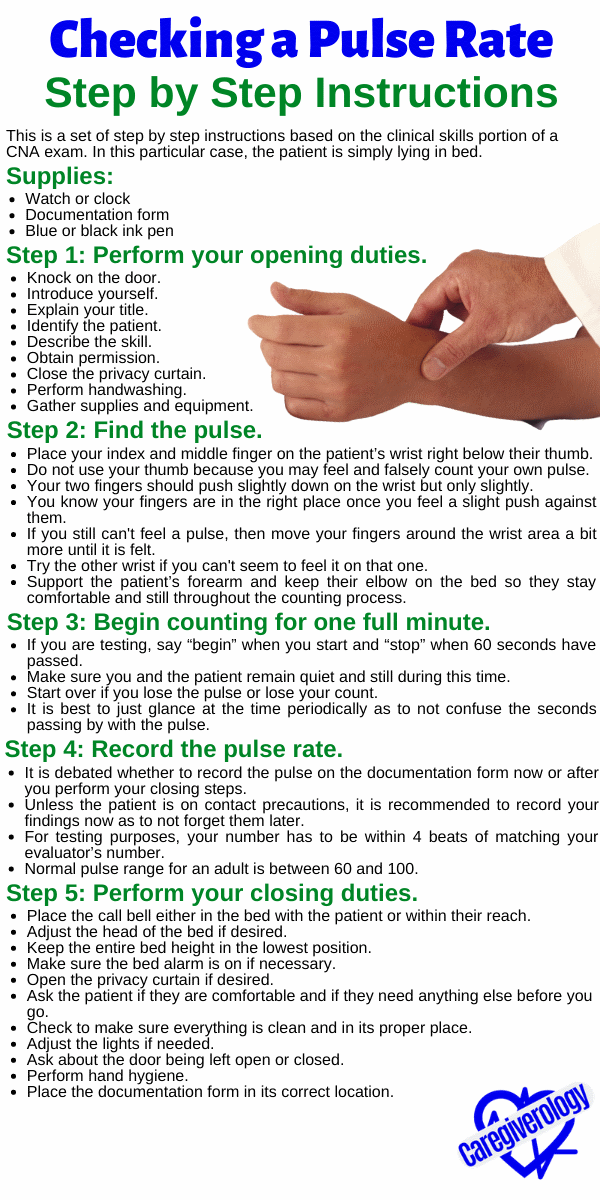
:max_bytes(150000):strip_icc()/GettyImages-641867098-d62b8be798da408b95eb959675c15cfb.jpg)

This is especially true if you are experiencing symptoms such as lightheadedness. Studies link an elevated RHR, especially in men, with a greater risk of premature death.Ī low RHR, around 50 beats per minute or less, can also be a red flag. Keteyian says.Īn RHR over 100 could be a sign of an infection, heart arrhythmia or a worsening heart problem. “If you have an RHR above 100 or below 50 that can’t be explained by obvious factors, such as participation in a regular exercise program, you should see a doctor,” Dr. An RHR that is above 100 beats per minute can reflect exposure to stress, excessive caffeine consumption or an illness. An RHR under 60 can indicate that you’re more physically fit and may be associated with better heart function. What Your RHR MeansĪ “normal” RHR falls between 60 and 100 beats per minute. “It’s a vital sign that can reflect improving heart health or a potential health problem,” says Steven Keteyian, Ph.D., who is director of preventive cardiology at Henry Ford Health System. For the rest of us, RHR can provide a rough snapshot of how well heart muscle is functioning. If you have a diagnosed heart condition, factors such as your medications and the nature of your heart problem may influence your RHR. Your RHR is the number of times your heart beats per minute while you’re at rest.

How? By measuring your resting heart rate (RHR). But you may not realize that you can get a sense of how healthy your heart is with just two fingers and 30 seconds. We all know how important it is to maintain a healthy heart.


 0 kommentar(er)
0 kommentar(er)
